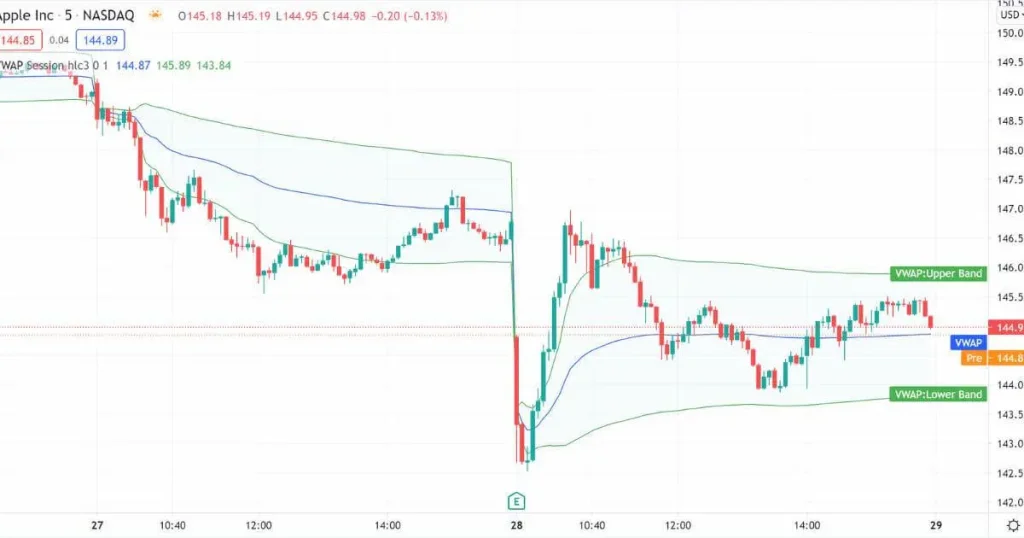Strategies for Firing an Employee Who Is Not a Good Fit
As an HR professional, manager, or small business owner, one of the most challenging tasks is letting an employee go—especially due to ‘not being a good fit.’ However, tackling this delicate issue with grace, professionalism, and respect is vital for the individual in question and your entire team and organization. Firing someone might seem straightforward on the surface, but it’s far from it. The cost of turnover and the potential for legal issues call for a strategic and empathetic approach. In this in-depth guide, we’ll explore how to navigate the challenging process of firing an employee who is not a good fit into the role or organization as expected. Identifying a Poor Fit Recognizing when an employee isn’t the right fit for the role or the company culture is the first step in addressing the issue. Often, poor fit issues manifest through a series of red flags—improvement-resistant behavior, alignment issues with company values, or a lack of adequate skills for the role are common indicators. These issues, when left unaddressed, can lead to underperformance, morale problems, and decreased team productivity. Signs of Poor Fit in the Workplace Here are a few signs that might indicate an employee is struggling with fit: • Consistent underperformance despite clear expectations and support. • A lack of engagement with team projects or corporate mission. • Values misalignment that leads to cultural conflicts. • Issues with team dynamics or an inability to work collaboratively. Determining the root cause of these signs is crucial before moving forward with a termination. Is it a communication issue that can be addressed with improved feedback mechanisms, or is there a fundamental misalignment that requires an exit? Steps to Take Before Firing Before reaching the termination stage, there are several steps you can take to address performance issues and attempt to turn the situation around. It’s essential to be methodical and provide ample opportunity for the employee to improve. Setting Clear Expectations The employee must have a crystal-clear understanding of what is expected of them. Job descriptions should be detailed, and KPIs or performance metrics should be measurable and aligned with company goals. Providing Feedback and Coaching Regular feedback sessions are a fantastic opportunity to address any performance concerns constructively. Coaching the employee on the specific areas that need improvement shows a commitment to their professional development. Offering Additional Training or Support Sometimes, a lack of fit can be as simple as a skills gap. Provide employees with the tools and support they need to grow. This demonstrates a willingness to invest in your employees. Preparing for the Termination Meeting Proper preparation for the termination meeting can ensure the process is clear, respectful, and legally sound. This phase involves gathering documentation, considering legal parameters, and planning the communication strategy. Documentation and Evidence Maintaining a record of the issues at hand is crucial. Documentation should be factual, timestamped, and detail the steps taken to address the problems discussed. It’s the evidence that supports your decision and can safeguard against wrongful termination claims. Legal Considerations Understanding the legal context of employee terminations, especially those without cause, is vital. This includes knowing employment contracts, company policies, and relevant labor laws. Communication Plan How you convey the decision to the employee, their team, and the larger organization is a significant component of the firing process. A clear communication plan ensures the employee isn’t blindsided and the transition can be as smooth as possible. Conducting the Termination Meeting The actual termination meeting is the most sensitive aspect of the entire process. It’s an emotional event for all parties involved and must be carefully approached. Delivering the News Respectfully Start the meeting with a direct but respectful delivery of the news. Be prepared to articulate the reasons for the decision and refer to the documented performance issues discussed earlier. Addressing Questions and Concerns Allow the employee to ask questions and discuss the termination. Provide honest answers within legal limitations. Expect and prepare for any reaction—emotional or otherwise. Handling Emotional Reactions Firing can evoke emotions from surprise to anger, sadness, and relief. It would help to manage these emotions professionally, empathetically, and without exacerbating the situation. Post-Termination Steps Once the termination meeting has concluded, there are several steps to ensure the organization transitions smoothly and respectfully. Communicating with the Team Promptly and professionally communicate the departure within the team. Ensure their workload is managed and productivity continues in the transition period. Transitioning Workload Decide how the terminated employee’s work will be handled moving forward. If necessary, redistribute tasks or assign a temporary replacement to ensure business continuity. Legal and Administrative Tasks Conduct an exit interview, collect company property, settle financial matters, and address administrative tasks to close the chapter effectively and legally. Conclusion Firing an employee should not be viewed as a standalone event but as a part of a larger cycle of effective talent management. Proactive hiring practices, ongoing performance management, and a respectful exit strategy are all important components of an organization’s people operation strategy. Ultimately, it’s about fostering a culture of continuous improvement and ensuring every team member feels recognized, valued, and allowed to succeed. When terminations are approached with professionalism and empathy, the impact on morale and the business’s overall success can be minimized, setting the stage for a positive future. Frequently Asked Questions When is it appropriate to consider firing an employee who is not a good fit for the company? It’s appropriate to consider firing an employee when they consistently fail to meet performance expectations despite feedback, coaching, and opportunities for improvement. It’s also crucial when their behavior or actions are detrimental to team morale or the company’s reputation. What steps should be taken before deciding to terminate an employee? Before deciding to terminate an employee, it’s important to have clear documentation of performance issues, communicate expectations, provide coaching and feedback, offer opportunities for improvement, and give the employee a chance to address concerns. How should the termination process be handled to minimize the negative impact? The termination process should
Strategies for Firing an Employee Who Is Not a Good Fit Read More »





